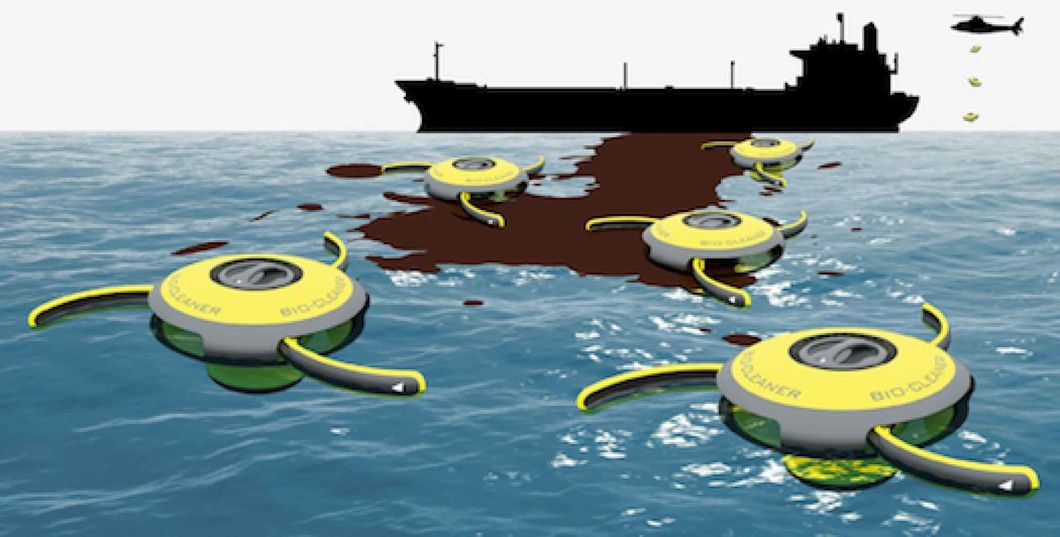Drones are slowly proving themselves to be much more than a cool tech toy. When first introduced, drones were essentially an aircraft operating without a human pilot. Shooting aerial photography was the main use. With any new technology comes discovering new uses for it. Though scientists originally designed 3D printing for simple toys and mini three-dimensional models, medical professionals are now widely utilizing 3D printing in their field.
Now, scientists are using drones to help combat the pollution crisis.
Through the use of artificial intelligence (think Siri or Alexa), photographs taken by drones can create an algorithm to hyper-focus on the areas of the ocean with the highest concentration of plastic. The algorithm also has the capability to detect the difference between marine life and pollution.
While this is an enormous undertaking, volunteers and scientists have teamed up to on this project. This project relies on volunteers to tag plastic near the coastline so the machines can better identify varieties. This project originated in the UK but can be expanded to various parts of the world.
Throughout our oceans, there are pockets of 'plastic soup', a term coined by conservationists referring to the plastic waste dumped into the oceans, specifically in the Pacific. While some plastic does biodegrade, unfortunately, the pieces left behind still become toxic to the oceans and marine life. Additionally, this potentially toxic seawater can harm humans as most oceans connect to rivers, lakes, and canals.
Over the past two months, many have put pressure on local government and corporations to use environmentally friendly alternatives to single-use plastic. Recently, Seattle, Washington became the first major US city to ban single-use plastics. Followed by Starbucks, who announced they will implement an eco-friendly lid alternative and convert to biodegradable paper straws instead of traditional plastic ones.
From severe wildfires to stronger-than-usual weather storms, the earth is quite literally showing us we need to take better care of it.
As a society, using single-use plastics has become so common that we don't realize how much we are consuming. Here are some facts from Earth Day Network:
- On average, it is estimated that 8 million metric tons (1 metric ton=2,205 pounds) are dumped into our oceans annually.
- It is estimated that every minute one garbage truck full of plastic is poured into our oceans.
- By 2050, scientists predict that there will be more plastic floating in our oceans then fish (in weight)
- The likelihood of coral becoming diseased increases from 4% to 89% after coming in contact with marine plastic. It also damages the skin of coral, allowing infection. Coral reefs are home to more than 25% of marine life.
These statistics are unfathomable.
It's amazing that technology is progressing in such a way to help reduce this unneeded waste. However, it always starts with humans. Relying on technology is a slippery slope. While the usage of drones eliminating ocean waste is fantastic, it's shameful that as a society, we let it get so bad. Humans are a creative species and it is possible to find and produce environmentally friendly alternatives that are practical for all people There are ways to be more mindful and aware of the environment that doesn't require you to re-haul your entire life. It is undeniable that the use of single-use plastic is abusive to the entire world.




 Energetic dance performance under the spotlight.
Energetic dance performance under the spotlight. Taylor Swift in a purple coat, captivating the crowd on stage.
Taylor Swift in a purple coat, captivating the crowd on stage. Taylor Swift shines on stage in a sparkling outfit and boots.
Taylor Swift shines on stage in a sparkling outfit and boots. Taylor Swift and Phoebe Bridgers sharing a joyful duet on stage.
Taylor Swift and Phoebe Bridgers sharing a joyful duet on stage.













